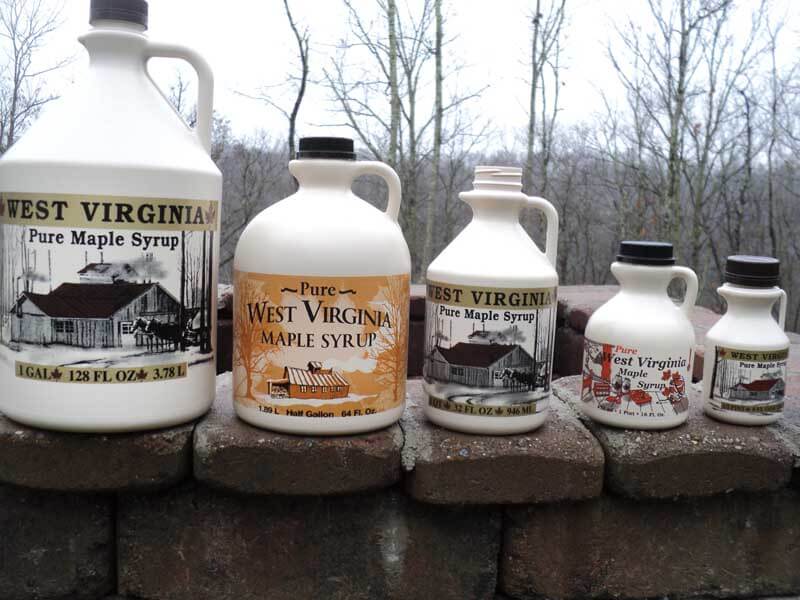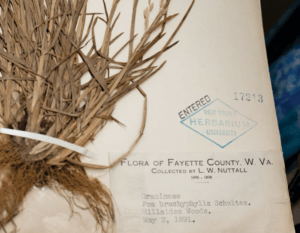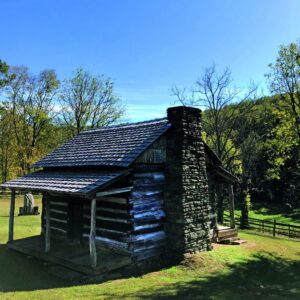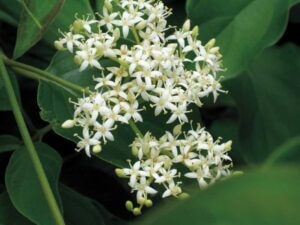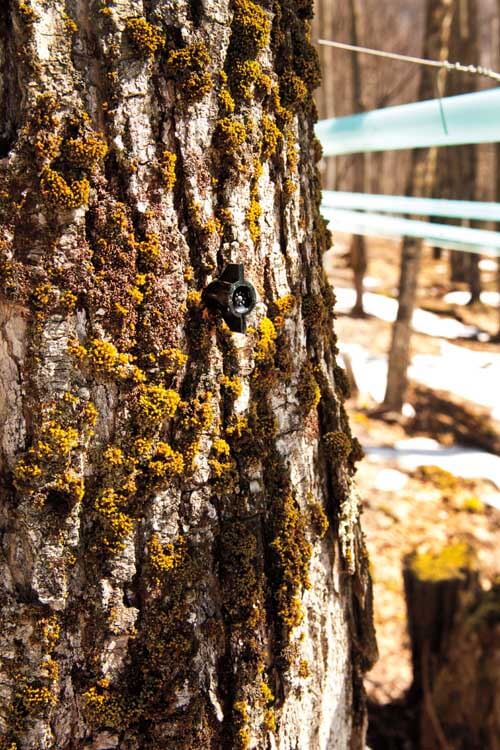
If you’re under the impression West Virginia’s maple syrup production is on the rise, you’re probably right.

This story was originally published in the March 2016 issue of Wonderful West Virginia.
written by Pam Kasey
photographed by Carla Witt Ford
In the fall of 2012, Henry Brenneman came from Pennsylvania to Randolph County, West Virginia, to assess John Dalen’s 1,200-acre maple stand on Dry Fork. What that respected old Amish sugarmaker saw impressed him. “He was like a kid in a candy store, walking around there,” says Mark Bowers. “He said it might be the best sugarbush in the United States.” Bowers adds, pointedly, “And we know there are other places in West Virginia just like John’s.”
West Virginia’s maple syrup industry seems to be on the rise. Just ask Bowers. As founding president of the West Virginia Maple Syrup Producers Association (WVMSPA), he sings the state’s praises—for the quality of its maple forests and for the potential volume of its production.
How much syrup is actually produced? One might think the state Department of Agriculture would know, but it’s not necessarily an easy thing to count. “A lot of people in West Virginia are backyard producers,” says Rachel Taylor of Frostmore Farm in Pocahontas County. “They make a little here, a little there, enough for themselves and their families— like how a lot of people will make apple butter or cider.”
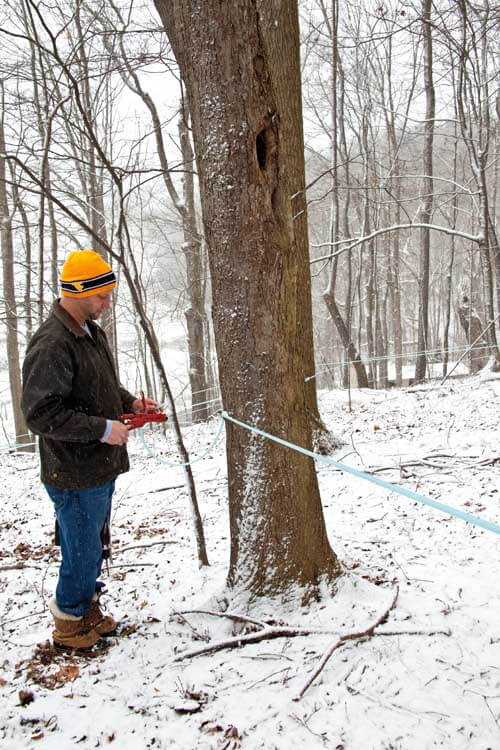
Yet just about everyone connected with sugaring in the state has the perception that it’s on the rise. And that’s not just because Dalen’s Dry Fork Maple Works, up and running since 2014, is the biggest producer ever in the state, at nearly 5,000 gallons a year. It’s a broad-based quickening reflected in the creation of the WVMSPA in 2015—and energetically advanced by it.
In January and February, producers are busy tapping their trees. They have to be ready for the short March-April sap run, the period when freezing nights draw water up through the roots to dissolve the previous growing season’s sugars and warm days thaw the frozen sap and push it out through the taps. But a few producers made time to talk with us for this story.
Going Commercial
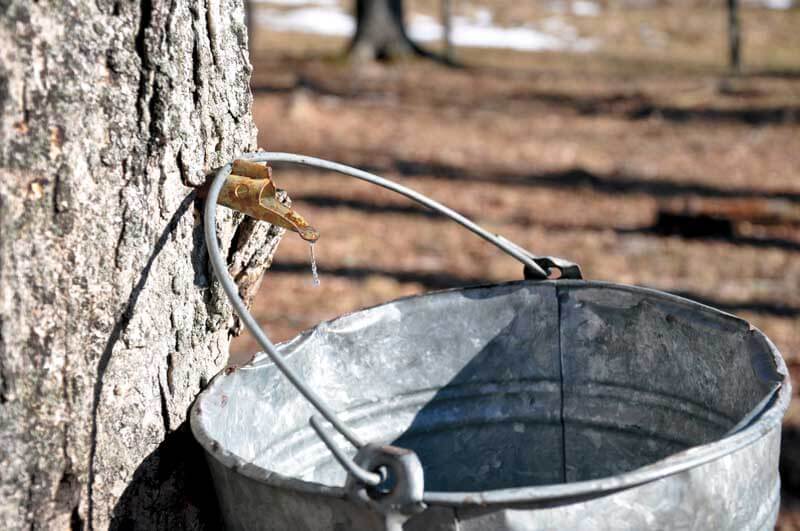
Taylor and her husband Adam were among those backyard sugarmakers until 2015. “This was my husband’s grandparents’ property and we bought it from my husband’s dad,” Rachel Taylor says of their tract deep in the Monongahela National Forest. “There’s been a small sugar shack there for over 100 years.” The couple started making syrup at a small scale in 2009 and increased production as their interest grew. They managed to get 150 gallons from the spring 2014 sap run, an astonishing volume considering they have day jobs and did everything practically by hand. “We were using buckets,” Taylor says. “So we went around twice a day to each tree, collected the buckets, and brought it all back to a flat pan evaporator—which is like 1800s technology.”
The Taylors’ interest had outgrown their system. So during the summer of 2014, they attended Cornell University’s Maple Camp in upstate New York. At the comprehensive, three-and-a-half-day training they learned about woodlot management. They discovered the efficiencies of a modern vacuum and tubing system that sucks the sap out of the trees and pulls it to the sugar shack. They got up to speed on bottling, marketing, and value-added products. In 2015, after a lot of improvements, they made more than 300 gallons of syrup from 1,200 taps, double their 2014 yield. They made maple cream and maple candy. They bought a cotton candy machine and started selling their products at fairs and festivals.
“The maple camp really was a life-changing experience for my husband and me,” Taylor says. “It changed us from, ‘Let’s make a little syrup,’ to, ‘We’re going to do this.'” Spinning cotton candy for the WVMSPA booth at the state fair in August, Taylor was inspired by the interest of fairgoers who dropped by. She’s been asked by WVU Extension agents to give talks, and she was enthusiastically received at Extension’s 2015 Women in Agriculture conference at Canaan Valley Resort in October.
Supplies
Here’s more anecdotal evidence that production is growing: the launch of the state’s first maple sugaring supplies and equipment dealer, Daniels Maple Products. Brandon Daniels got interested in sugaring as a kid in Greenbrier County in the late 1980s. “We had a large producer locally and he let me use some of his stuff,” Daniels recalls. He kept at it through the years and, in 2005, bought some property nearby and built a sugarhouse there. These days he taps about 1,000 trees, all leased, and gets 300 to 500 gallons of syrup each year. He sells most of it to longtime customers and also retails in a few shops.
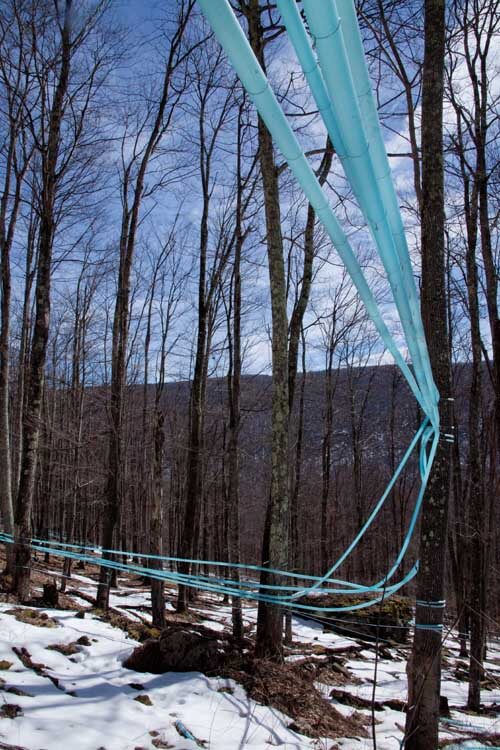
But in 2015, he decided to right a major inconvenience for the state’s producers. “It was frustrating to get supplies,” Daniels says. “You’d have to pay to have it freighted from out of state or spend a full day to go get it. You can’t grow the industry if you can’t support it, so I decided to give this a try.” His new Daniels Maple Products carries spouts, tubing, and other basic supplies and can order any kind of equipment. He also offers West Virginia-branded plastic jugs in sizes from 8 ounces to a gallon. “We deliver a lot to go out and meet people,” he says of his first season, “and I think everybody’s grateful to have something local.”
Daniels sees production growing. “I’ve met quite a few new people this year, smaller operations with 50, 100, 500 taps,” he says. “I don’t charge anything to show them how to run tubing, give them some pointers.”
Education
Mentors like Daniels are important, but an industry in growth also needs formal education. Two years ago, Jamie Schuler started a sugarmaking class at West Virginia University’s Morgantown campus. “We have about a 100-acre woodlot just off campus and it has an awful lot of sugar maple on it. It seemed like an opportunity to do something different,” says the assistant professor in silviculture. “I have 12 students enrolled this semester, and we basically start from scratch. They help me put all the tubing up, collect the sap, and boil the sap. We work in shifts,” he says—the sap run is notoriously fickle and demanding, and it requires even more attention as the class effort has grown from 130 taps two years ago to possibly 250 this year. “We filter it, we grade it, we make value-added products, we talk about marketing. We also visit some commercial producers. And we keep track of our costs and revenues through the semester and try to come up with some sort of estimate about if we really had to do this for a living.” Proceeds from selling the maple products support the following year’s program.
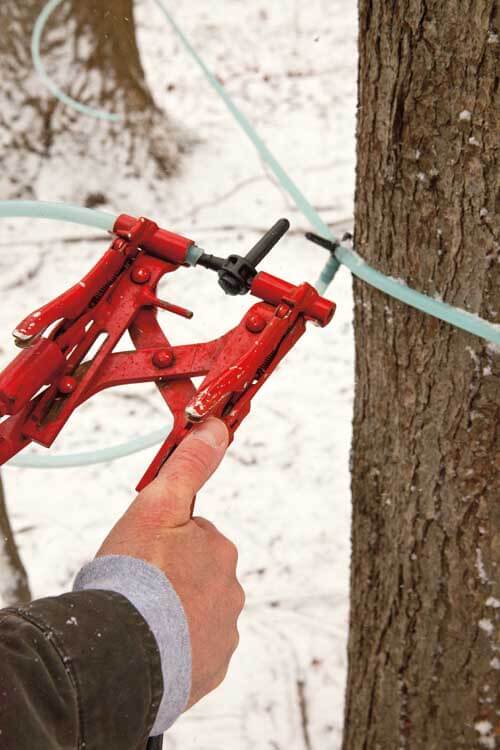
This summer, intensive education for producers comes to West Virginia, too. Cornell, which has held the maple camp the Taylors attended for five years, will not hold it in 2016. Instead, the WVMSPA will host it as the MidAtlantic Maple Camp at WVU in July. Schuler will teach participants about field management, and experts from Cornell will cover the range of sap collection, syrup and value-added production, and marketing topics. “There’s more discussion of sugarmaking around these parts lately so I think there are a lot of people potentially interested,” Schuler says.
Education and experience elevate the state’s industry. Now in production for 15 years, Family Roots Farm in Brooke County took first place for its maple sugar at the 2015 international North American Maple Syrup Council competition. “When you enjoy Family Roots Farm maple sugar, you are enjoying the best in the world!” their website crows.
Getting Counted
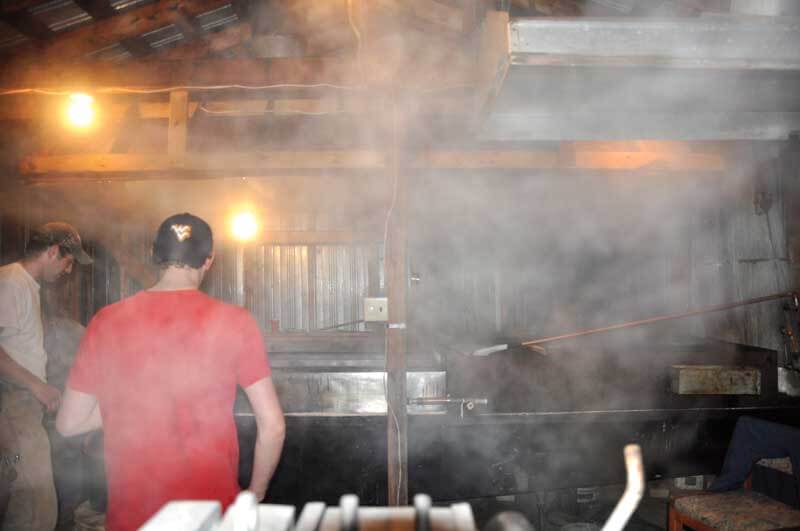
Here’s how hard it is to identify producers and estimate production: Bowers Maple Farm has been making syrup at the Grant-Pendleton County line since the late ’90s, yet Mark Bowers learned only recently of a producer near him. He guesses there are about 75 producers in the state, maybe 20 of them commercial and the rest cooking for friends and family. He thinks there may be 100,000 taps altogether.
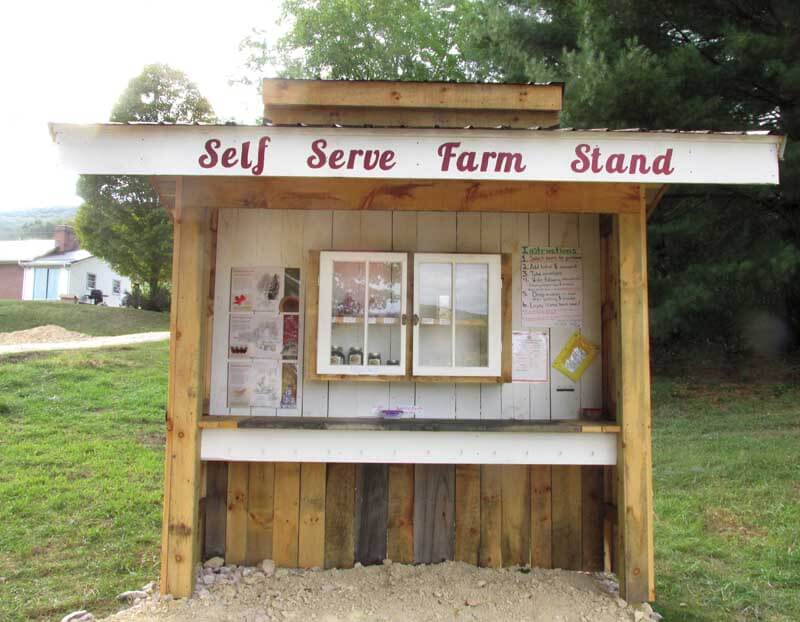
The numbers may matter. The United States Department of Agriculture tallies production only in the 10 states it presumes make the most. West Virginia is not among them, but Bowers thinks it should be. A Cornell analysis has shown that, if all states tapped the high share of their maples that Number 1 producer Vermont does, West Virginia’s rich maple forests could put its production at Number 6. And with some $20 million a year authorized by Congress in 2014—though not yet allocated—toward growth of the industry, Bowers believes real numbers would raise the state’s profile before federal funders. If everything were counted, he feels, West Virginia could bump the perennial Number 10 state. “We have more taps than Connecticut, and we make more syrup.”
